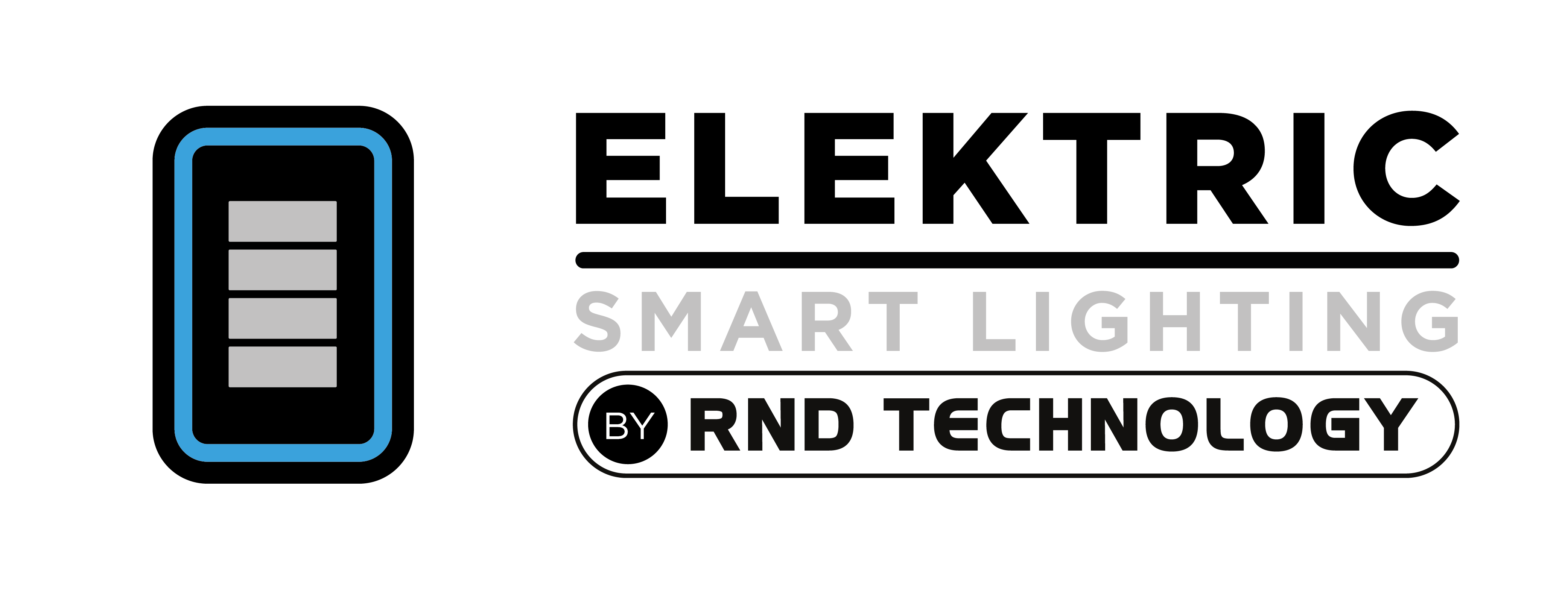In the world of interior design, window coverings play a pivotal role not only in the aesthetic appeal of a room but also in functionality. They regulate natural light, provide privacy, enhance thermal comfort, and improve energy efficiency. Among the plethora of options available, shades come in various types, each offering unique benefits and styles. This guide looks into the differences between traditional shades, automatic shades, roller shades, and outdoor shades, helping you choose the right option for your space.
Traditional Shades
Characteristics: Traditional shades are the quintessential choice for window coverings and come in various styles, including Roman, pleated, and cellular shades. They operate on a simple mechanism that involves cords or a continuous loop chain to raise and lower the shade.
Advantages:
- Customizable Aesthetics: Available in a multitude of fabrics, patterns, and textures to complement any décor.
- Light Control and Insulation: Cellular shades, for example, are excellent for insulation, trapping air in distinct pockets, thereby helping regulate indoor temperatures and reducing energy costs.
- Affordable Options: Generally, traditional shades provide a cost-effective solution to meet basic light-blocking and privacy needs without breaking the bank.
Ideal Usage: Traditional shades are suitable for residential spaces like living rooms, bedrooms, and dining areas where customization and aesthetics are desirable.
Automatic Shades
Characteristics: Automatic shades are equipped with a motor, allowing them to be raised or lowered at the touch of a button. These can be integrated with smart home systems, enabling programmable schedules or operations via smartphone apps and voice commands.
Advantages:
- Enhanced Convenience: Ideal for high or hard-to-reach windows, allowing easy adjustment without physical effort.
- Improved Home Security: It can be programmed to open and close at predetermined times, making the home appear occupied even when it’s not.
- Child and Pet Safety: Lack of cords enhances safety by reducing risks of entanglement.
Ideal Usage: Perfect for modern homes and offices where convenience and technological integration are priorities. They’re also excellent in bedrooms or media rooms where adjusting light levels without getting up can add comfort and luxury.
Roller Shades
Characteristics: Roller shades feature a clean, minimalist design. They consist of a single piece of fabric that rolls up into a casing fitted at the top of the window, offering a neat and tidy appearance when fully raised.
Advantages:
- Space-Saving Design: They fit closely to the window and are excellent for smaller or minimalist spaces.
- Ease of Use: Simple operation mechanism with options for motorization.
- Versatile Design Options: Available in various materials, including light-filtering and blackout fabrics to suit different light control needs.
Ideal Usage: Roller shades work well in any setting that favors a modern or contemporary look, including offices, kitchens, and living areas. They are particularly useful in spaces where uncluttered window treatments are desired.
Outdoor Shades
Characteristics: Outdoor shades are built to endure external conditions using robust materials. They often come with features like wind resistance, UV protection, and weatherproof qualities.
Advantages:
- Durable Materials: Constructed to resist weather, fading, and mildew, maintaining their appearance and functionality over time.
- Energy Efficiency: Reduce cooling costs by shading outdoor living spaces and preventing excess heat transfer through windows.
- Enhanced Privacy and Comfort: Provide a comfortable, shaded outdoor area that can be used throughout the day.
Ideal Usage: They are ideal for patios, decks, and sunrooms where exposure to elements is a significant factor. They also work well in restaurants with outdoor seating and residential spaces that embrace indoor-outdoor living.
Choosing the Right Shades
When selecting the type of shade for your home, consider the following:
- Functionality: Assess what primary function you need from your shades—light control, privacy, aesthetic, or weather protection.
- Style: Determine what style complements your decor. Traditional and roller shades fit well in indoor environments, while outdoor shades are best for exterior spaces.
- Automation Needs: If convenience and home automation are priorities, automatic shades might be the best choice.
Conclusion
Window coverings are an essential aspect of home design that offers both functional and aesthetic benefits. Whether you choose traditional, automatic, roller, or outdoor shades, each type brings its own set of advantages tailored to specific needs and environments. By understanding the differences between these shades, you can make an informed decision that enhances your living space, both indoors and out.







